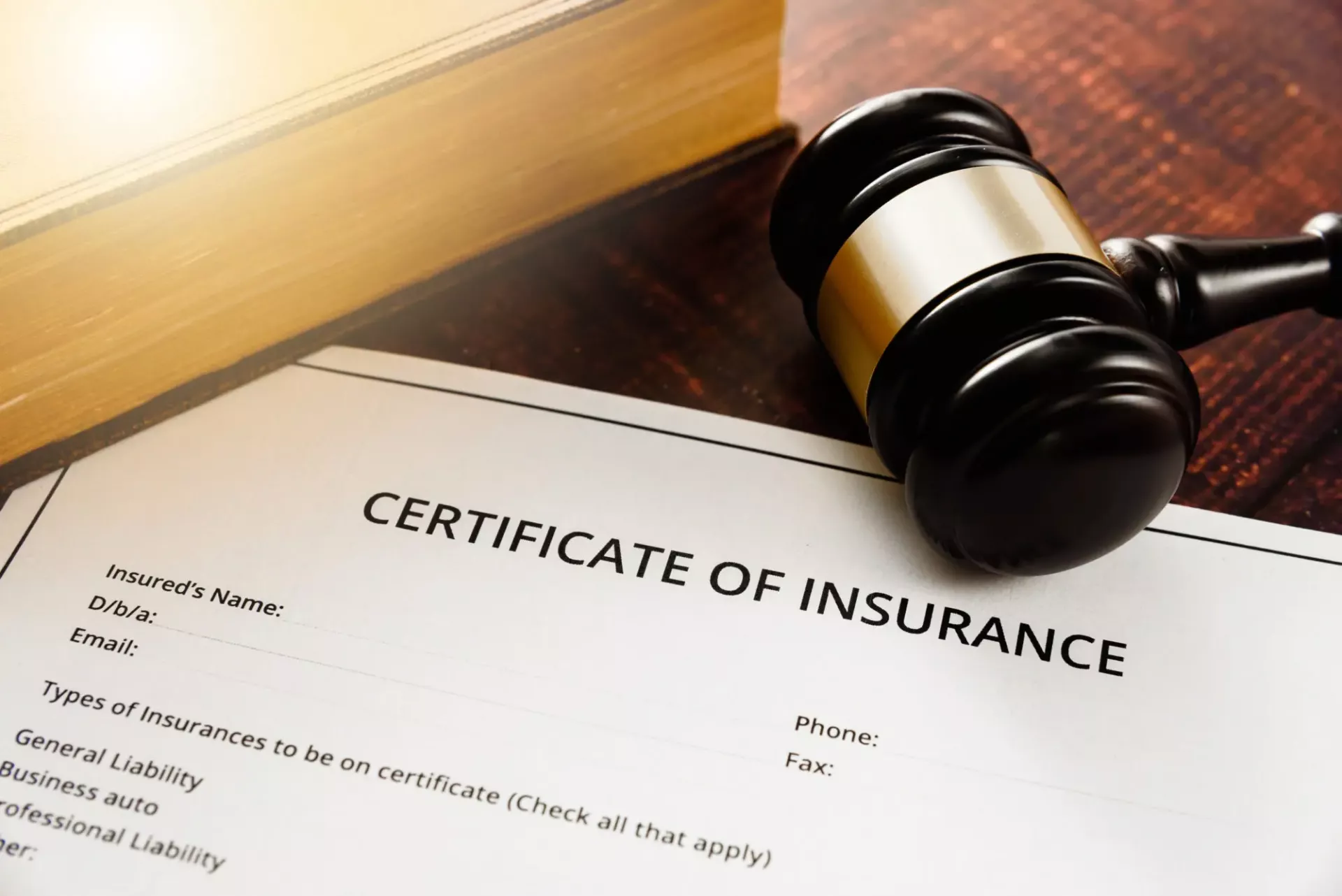If your company works with independent contractors, you’re probably familiar with a Certificate of Insurance (COI). It’s that one-page document contractors submit to prove they’re insured—typically before a project starts or a contract is signed.
But here’s the problem: not all COIs are created equal.
As a hiring manager, reviewing a COI isn’t just another task—it’s a safeguard for your company. Miss the wrong detail, and you could be held responsible for damages, legal claims, or even non-compliance.
At Bunker, we’ve seen it all—and we’re here to help you avoid the common pitfalls.
🔍 What Is a Certificate of Insurance (COI)?
A COI is proof that a contractor carries active insurance. It typically includes:
- Contractor’s name and contact information
- Policy type (General Liability, Professional Liability, Workers’ Comp, etc.)
- Insurance company and policy number
- Coverage limits and policy dates
- Certificate Holder (you or your company)
Sounds straightforward, right? The key is knowing what to verify so that you’re not accepting incomplete or invalid coverage.
✅ 6 Things to Check in a Contractor’s COI
1. Active Policy Dates
Make sure the policy is currently in effect and will remain active for the duration of your project. If the expiration date is close, request a renewal or updated COI before work begins.
2. Correct Business Name
The name on the COI should match the contractor or business you hired. A mismatch could create legal confusion—and even void their coverage in a claim.
3. Adequate Coverage Types
Depending on the project, you may need more than General Liability. Here’s what to look for:
- General Liability – Covers physical damage or bodily injury
- Professional Liability (E&O) – Covers work-related errors or omissions
- Workers’ Comp – Required in some states, even for solo contractors
- Cyber Liability – Essential for tech, IT, and data-handling roles
If you’re unsure which coverage is needed, refer to your contract—or better yet, talk to an insurance expert (like us).
4. Minimum Coverage Limits
Check that the contractor’s policy meets or exceeds your required coverage limits—often something like:
- $1M per occurrence
- $2M aggregate
If their COI doesn’t meet your threshold, they’ll need to upgrade their policy or risk being noncompliant.
5. Additional Insured Language (If Required)
Some companies require to be listed as an Additional Insured on a contractor’s policy. If this applies to you, make sure it’s clearly listed in the COI.
Why it matters: This provides you with extended coverage if a claim arises from the contractor’s actions.
6. Certificate Holder Information
The Certificate Holder section should include your name or business and accurate contact info. This ensures you’re notified of any policy cancellations or changes.
🧠 Bonus Tip: Beware of These Red Flags
- COIs from questionable or unrated insurance providers
- Suspicious formatting or spelling errors
- COIs without a policy number or expiration date
- A contractor who is hesitant to share their COI
When in doubt, verify the COI directly with the insurer—or streamline the process using a service like Bunker.
🛡️ How Bunker Simplifies COI Compliance
At Bunker, we help hiring companies like yours avoid the risks of uninsured contractors by automating the COI process. We make sure contractors meet your exact insurance requirements before they step foot on the job site.
You get:
- Verified, compliant COIs from A-rated carriers
- Real-time COI delivery
- Automatic renewal tracking
- Simple Additional Insured requests
Final Thoughts
Hiring contractors doesn’t mean rolling the dice on liability. By carefully reviewing each COI—and knowing what to look for—you’ll reduce your risk, stay compliant, and sleep easier at night.
Need help verifying COIs or setting insurance requirements for your next contractor?
👉 Visit buildbunker.com and take the guesswork out of COI compliance. You can also contact us at support@buildbunker.com!
 Insurance You Didn’t Know You Needed as a Freelancer (But Absolutely Do)
Insurance You Didn’t Know You Needed as a Freelancer (But Absolutely Do) How to Build Trust & Compliance by Insuring Your 1099 Fleet
How to Build Trust & Compliance by Insuring Your 1099 Fleet







